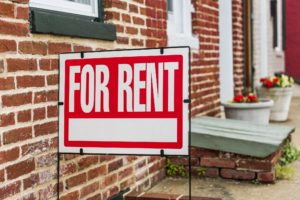 Despite declines in other construction types, the number of single-family homes built-for-rent has held steady over the last year, according to a report [1] from the National Association of Homebuilders (NAHB).
Despite declines in other construction types, the number of single-family homes built-for-rent has held steady over the last year, according to a report [1] from the National Association of Homebuilders (NAHB).
According to NAHB’s analysis of data from the Census Bureau’s Quarterly Starts and Completions by Purpose and Design, there were 11,000 single-family built-for-rent starts for Q2 2019. The NAHB notes that this is lower than the 13,000 estimated for Q2 2018.
“Over the last four quarters, 42,000 such homes began construction, which is equal to the prior four quarter starts total,” said the NAHB.
According to a post on the National Association of Home Builders' (NAHB's) Best in American Living blog, renting by choice–instead of owning outright–is becoming increasingly popular among millennials.
The blog said that this was where newly constructed built for-rent single-family homes came into the picture. These homes, according to the blog, present millennials "with a terrific opportunity to live the American dream–without the additional responsibilities and stress of homeownership."
The blog indicated that one of the key reasons for the rise of these built-for-rent homes was diminishing affordability.
The post, written by BSB Design, said that transitioning from a multifamily property to a single-family home was a "move-up" solution for families that desired "to have the flexibility to travel, live a low maintenance lifestyle, or avoid financial burdens."
The share of built-for-rent homes rose following the recession, but the total number of single-family starts built-for-rent remains low in terms of the total size of the building market.CoreLogic states that the built-for-rent pipeline of single-family homes is considerably smaller than the single-family home portion of the rental housing stock, which is 35% according to the 2017 American Community Survey. The primary source of single-family rental homes is not construction but the existing housing stock, as 56% of the gains in the rental housing stock were due to increases of for-rent single-family homes from 2005 to 2015.
